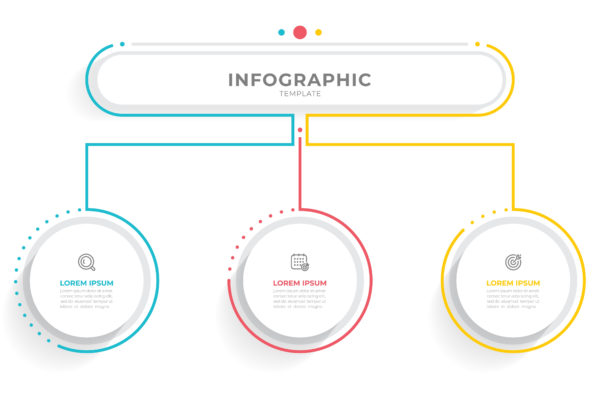Large hospitals. A network of outpatient centers and medical offices. Head-to-toe, prenatal-to-geriatric care, often with ties to a research or academic institution. From flu shots to organ transplants and everything in-between.

Big healthcare organizations have lots to offer their employees, patients, and communities.
But big can also feel cold, sterile, intimidating, and overwhelming — particularly to people who are facing severe illness or injury. Or people who have to travel 100 miles or more to visit a major hospital campus.
For healthcare marketers working in large regional networks, it’s essential to communicate the benefits of size in a way that’s human and empathetic.
The field of medicine is seeing lots of consolidation as hospitals merge, acquire doctor’s offices, and join with independent surgical practices.
By joining together as a network of providers, healthcare organizations can accomplish things that they couldn’t do individually, including:
Marketing a regional healthcare brand is all about making the big feel small. It’s about helping people see themselves in your messaging so they feel comfortable coming to a medical center or specialty practice when they need to and don’t delay getting care. It’s also about helping community leaders, partner organizations, media, and even donors understand the massive impact your network has in the area.
We’ve worked with a number of larger medical centers and healthcare networks, and we recognize that even major players have small marketing teams. Teams that are often tasked with a laundry list of sometimes competing priorities and projects. One of the first imperatives, then, is getting a handle on the workload and developing a process to manage the flood of incoming requests.

Here are three strategies to help guide your marketing efforts:
1) Communicate in simple, easy-to-understand, engaging ways. Recognize that your audience is geographically and demographically diverse; you’re reaching out to both rural and urban patients. While you may want to modify your tone and language depending on your audience, it’s essential that the brand shows up consistently, always. How? One way to do so is by focusing on what they need, not what you offer. Put patients at the center of every marketing project. Communicate authentically and empathetically. Translate medical terms to real, everyday, human language.
In a recent collaboration with the marketing team at a larger healthcare organization, we developed a series of online and print communications, including web pages, one-page info sheets, and social campaigns — all with the goal of touting the organization’s many benefits to patients and the communities. Utilizing (i) infographics; (ii) straightforward, jargonless, patient-centric messaging; and (iii) layouts and icons conveying the messaging in an organized and easily digestible format, we were able take some rather complex information and make it simple, understandable and relatable.

Of course, use of imagery is important, especially imagery that represents all facets of the community, so people can see themselves in your care. Storytelling is hugely important to creating a positive view of a large organization; you can do all the work to create the messaging and simplify language, but there’s nothing quite like someone speaking in their own words to put your work in human terms.
2) Be proactive and honest. Lead with positive, transparent messaging about the organization and its benefits instead of simply reacting to bad news. At the same time, when a challenge arises (maybe a local leader opines about high healthcare costs), be forthright in addressing community concerns.
3) Constantly reinforce the brand. Make sure that every billboard, every social campaign, every patient brochure, every bit of signage reflects the brand’s look, feel, and voice. Consistency builds recognition, familiarity, and trust. In a large organization, you’ll have thousands of touchpoints, both internal and external, where the brand shows up. Everything has to coordinate.
We recognize that it’s a lot to manage for small marketing teams in large organizations. We’ve worked alongside those small teams and understand that you may not have the time or resources to focus on this as deeply as you should.
If you’re working reactively instead of proactively to communicate all the benefits of your large organization, we can help. Let’s connect today.
Tenth Crow Creative is a brand marketing agency that creates, aligns, and promotes messaging for health and wellness organizations. Through insightful branding, engaging design and compelling marketing campaigns, we help these essential organizations find their identities and effectively communicate with their stakeholders so they can fulfill their missions.

50 Lakeside Ave #H4
Burlington, Vermont 05401
802.391.9854
info@tenthcrowcreative.com

Posted By
Tenth Crow Creative
Categories
Branding, Healthcare Marketing, Marketing, Nonprofit Marketing
Tags
#healthcarebranding, #healthcaremarketing, #nonprofitmarketing, #populationhealth #communityhealth #healtcaremarketing #socialdeterminantsofhealth #sdoh #healthcarereform #affordablehousing #aginginplace #ruralhealthcare #behavioralhealth #acos #accountablecare